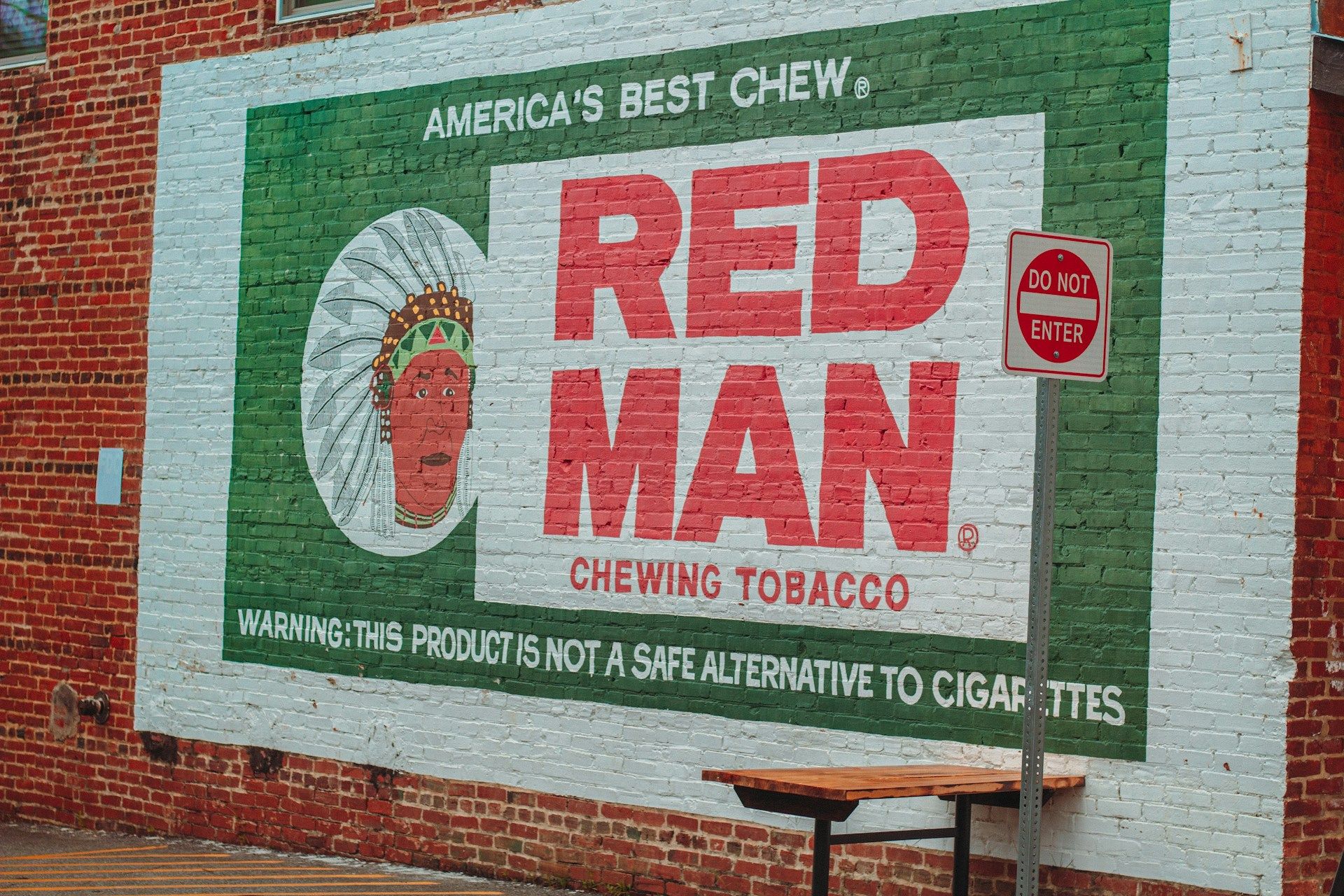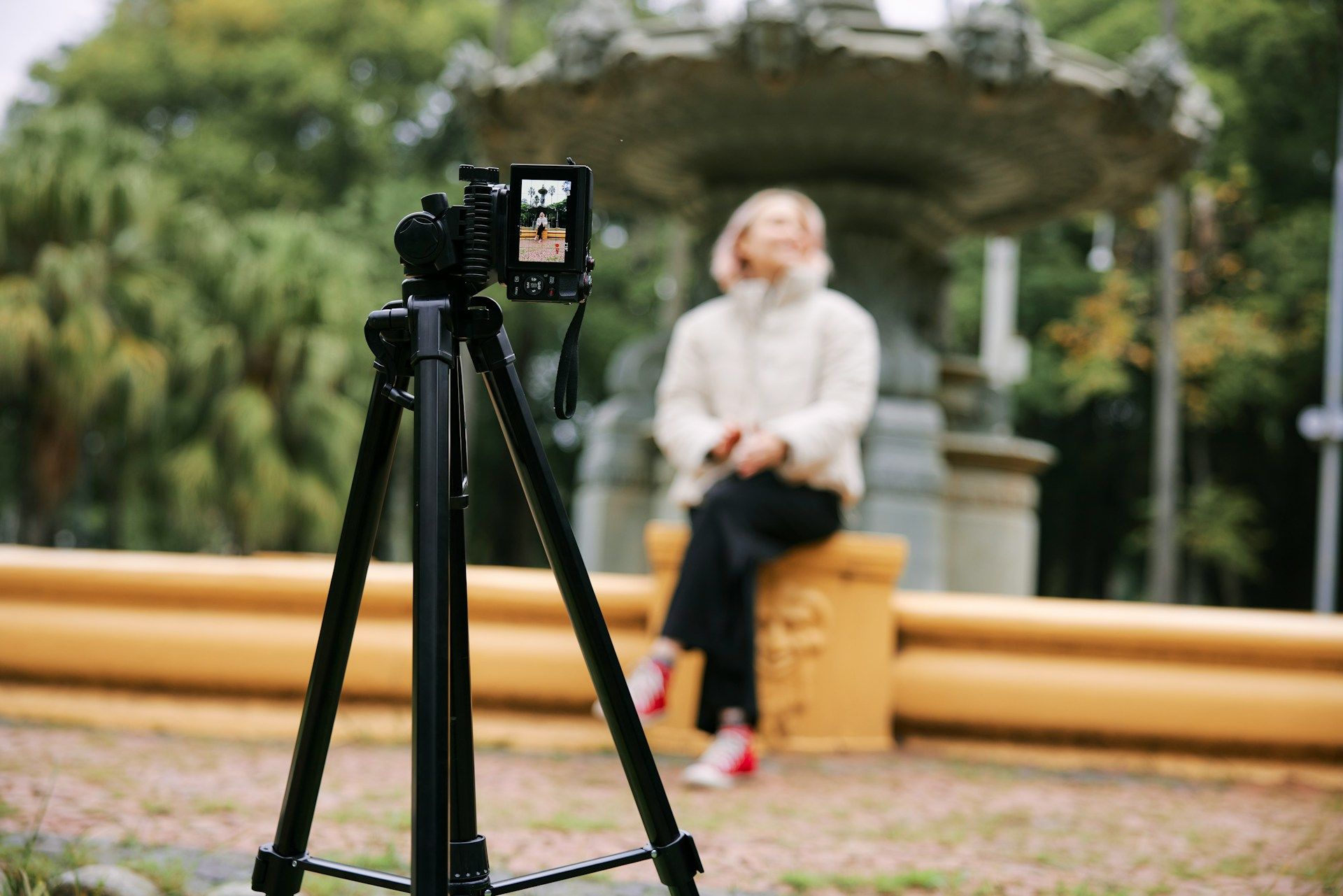Boosting Engagement with Programmatic Advertising
Imagine you've crafted the perfect ad campaign, with captivating images and clever text, yet it's barely reaching the people you want to connect with. Enter programmatic advertising, where technology and strategy come together to make sure your message lands with the right audience at the right time. But what is programmatic advertising, and why should you care? Well, it's shaking up the digital landscape by automating the buying of ad space and deciding precisely where and when your ads will appear. Think of it like a digital matchmaker, setting up your content with users who are already inclined to be interested.
The real magic of programmatic advertising lies in its ability to boost engagement. In the fast-paced world of digital marketing, engaging your audience is key to getting your message noticed. With programmatic advertising, you’re not just casting a wide net and hoping for the best. Instead, it approaches each user as an individual, using data-driven strategies to serve ads that make sense to them personally. Let’s dive into how this can work for you and why it’s becoming an indispensable tool for advertisers everywhere.
Understanding Programmatic Advertising
So, what exactly is programmatic advertising? At its core, programmatic advertising is the use of software to buy digital advertising. Unlike traditional methods, which involve meetings and negotiations, programmatic buys use algorithms and real-time bidding to purchase ads. This means the process of choosing ad space happens in just milliseconds — faster than you can blink. This automation not only makes buying ad space more efficient but also far more targeted.
One of the coolest things about programmatic advertising is its precision. Traditional advertising often worked on a broad scale, like buying a billboard in Times Square and hoping the right person sees it. Programmatic is the opposite. It's like putting that billboard directly in front of each potential customer's home. By analyzing data patterns and behaviors, it ensures your ads reach people who are more likely to engage with them.
Let's talk benefits. If programmatic advertising were a toolbelt, it would come loaded with advantages. For one, it allows for highly personalized ad experiences, which means users see content tailored just for them. Secondly, it’s all about optimizing resources — getting the most bang for your buck by ensuring every dollar spent can show more tangible results. Lastly, it bridges the gap between advertising and analytics, providing insights into what's working and what needs tweaking. This way, advertisers can constantly refine their strategies to align with viewer responses, making each campaign better than the last.
In the mix of digital marketing strategies, programmatic advertising stands out not just for its advanced technology, but for its ability to turn audience understanding into action. As we move into the strategies to boost engagement, you'll see how this approach can really change the game.
Strategies to Boost Engagement
To enhance engagement with programmatic advertising, the first step is data-driven targeting. This method uses information that helps pinpoint exactly who is most likely to respond to your ads. Imagine you run a sports gear store. Instead of advertising broadly, you focus on people who have recently shown an interest in buying running shoes online. This approach ensures that every ad dollar counts by speaking directly to those with a vested interest in your products.
Next, creating personalized ads is all about tailoring the content to the viewer. Customization can massively increase engagement since it ensures advertisements resonate on a personal level. Think about greeting a friend by name and mentioning their favorite hobby. It turns a simple interaction into something special. Similarly, when ads reflect individual preferences or previous behaviors, viewers feel understood, and they’re more likely to respond positively.
Using real-time bidding (RTB) further optimizes how ads are delivered and engaged. RTB allows advertisers to bid for an ad space on websites within moments, improving efficiency and relevance. This rapid process means your ads appear at peak times when users are most active, maximizing visibility. With RTB, you’re not just buying space; you're buying when, where, and how you reach your future customers.
Creative Approaches
Programmatic advertising also opens doors to creative possibilities through dynamic creative optimization (DCO). DCO is like tweaking a dish based on your guest's feedback instantly. It uses algorithms to alter ads on-the-fly based on data inputs, ensuring the content adapts to what works best for each viewer. This means your ads are not just shown but evolve to match audience behavior, sometimes even changing images or calls to action based on results.
Rich media ads offer another creative approach. These interactive ads can include video, audio, or much more interactive content beyond static images or text. By engaging multiple senses, rich media ads ensure that users don't just see your message but experience it, which can significantly boost interaction and recall.
Video ads take this creativity a step further, capitalizing on the popularity of video to draw attention. Videos can explain complex ideas through storytelling, evoke emotions, and make information accessible and memorable. If a picture is worth a thousand words, a video can tell an entire story in just a few seconds, capturing an audience's attention swiftly and holding it effectively.
Measuring and Analyzing Success
To know whether programmatic advertising is making a difference, it’s essential to measure and analyze success. Key metrics to track include click-through rates (CTR), conversion rates, and overall engagement levels. These indicators reveal how well your ads are performing and who is interacting with them.
Several tools and platforms can assist with measuring the success of programmatic campaigns. Google Analytics and various advertising dashboards allow advertisers to gauge performance and make data-driven decisions. They help uncover insights into areas like viewer demographics, peak engagement times, and content types that drive the most interest.
Continual improvement is a natural outgrowth of analyzing your results. As you monitor these metrics, you'll gain insights into what's working and what isn't. This knowledge allows for constant tweaking and refinement, ensuring each campaign learns from the last. Over time, your advertising strategy becomes sharper and more engaged, turning viewers into loyal customers.
Your Next Steps
Programmatic advertising isn't just a trend; it’s a way of thinking about connecting with your audience more effectively. With its precise targeting, ability to personalize, and advanced technology, this method changes how we see and use marketing today. As you consider your advertising approach, think about how programmatic tools can fit in and enhance your strategies, offering a smarter way to lead your campaigns into the future.
Programmatic advertising offers a future-forward way to connect with your audience by ensuring precise targeting and dynamic content delivery. If you’re aiming to elevate your digital strategies with smarter, data-driven approaches, explore Oddball Creative’s expertise in
programmatic advertising. Transform how your campaigns engage the right people at the right time with innovative solutions tailored to maximize results.



